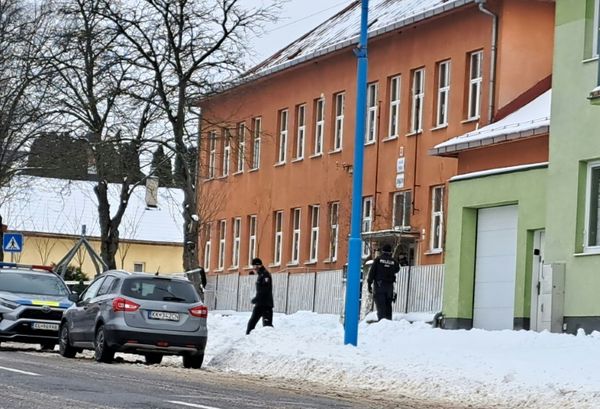ST. LOUIS _ The benefits are so tantalizing. But the obstacles are so forbidding.
And St. Louis is poised to be in the middle of it all.
Soilless indoor farming has been around for decades _ think hydroponics, aquaponics, aeroponics and even greenhouses. But it has never been a major producer of the world's food.
Now, changing times and attitudes have made indoor farming seem more attractive. Farming indoors without soil can, in theory, vastly limit a farm's environmental impact.
According to Julia Kurnik, director of innovation startups for the World Wildlife Fund, crops can grow faster indoors than out because so much can be controlled for optimal results: the intensity and amount of light the crops get, the humidity, the amount and temperature of the water, and the easy control or elimination of pests without using chemicals.
Even so, a recent in-depth analysis by the WWF shows that growing a head of lettuce conventionally in California and transporting it all the way to St. Louis actually does less harm to the environment than growing that same head of lettuce indoors and without soil in St. Louis.
Kurnik explained that indoor farming "leaves a very high energy footprint" and currently also costs more than conventional farming. That is why most indoor farming now is of pricey, high-end lettuces and herbs _ though some greenhouses in the Southwestern states take advantage of abundant sunlight to grow tomatoes.
Vertical farming, in which shelves of plants are stacked on top of one another, is the most efficient in terms of space used. But it also requires artificial light, and even LED lights can lead to high electricity bills and a need for air conditioning.
So the question is whether the technology and other aspects of indoor farming can be improved enough to make indoor farming viable on a large, environmentally relevant scale.
That's where St. Louis comes in. The Markets Institute at the World Wildlife Fund, along with institutions and establishments both locally and around the world, is looking to set up a large indoor farm in the St. Louis area to serve as a working laboratory to expand the science of indoor soilless farming. It also wants to build a center of excellence, which would serve as a repository of knowledge and standards about the subject.
Kurnik said she hopes to have a shovel-ready plan for the St. Louis pilot program by the end of the year. Numerous details still have to be worked out, including what kind of farm would be built.
Hydroponic farms are probably the most familiar; they grow crops in the water. Aquaponic farms run on the same principle as hydroponic farms, except the water first passes through a tank of fish and uses the nutrients in their waste to feed the plants. Aeroponic farms convert the water to mist, which is absorbed by the roots.
According to a report by the WWF, St. Louis was chosen because the hot summers and cold winters mean the growing season is limited here, yet the size of the population means that there is a large and constant demand for fresh produce. The region also has thermal power plants (which may benefit from excess heat generated by the farm), strong universities, advanced plant-science research centers and good grocery stores.
Another factor played a role, too: the availability of caves under the city. The original thinking was that the farm could be placed in a cave, which would take advantage of the cave's naturally cool temperature to eliminate or lessen the need for air conditioning.
The idea of using a cave was shelved, Kurnik said, because they proved to be too small and not level. But some of the area's vacant industrial mines are still being considered; they have the right amount of space and are already set up for modern industrial use.
The indoor urban farm could also be located in an area of a power plant that is no longer being used or some other similar repurposed site.
If all goes according to plan, the lettuce, tomatoes or strawberries eaten in St. Louis could soon be grown right in St. Louis _ indoors and just down the street.







